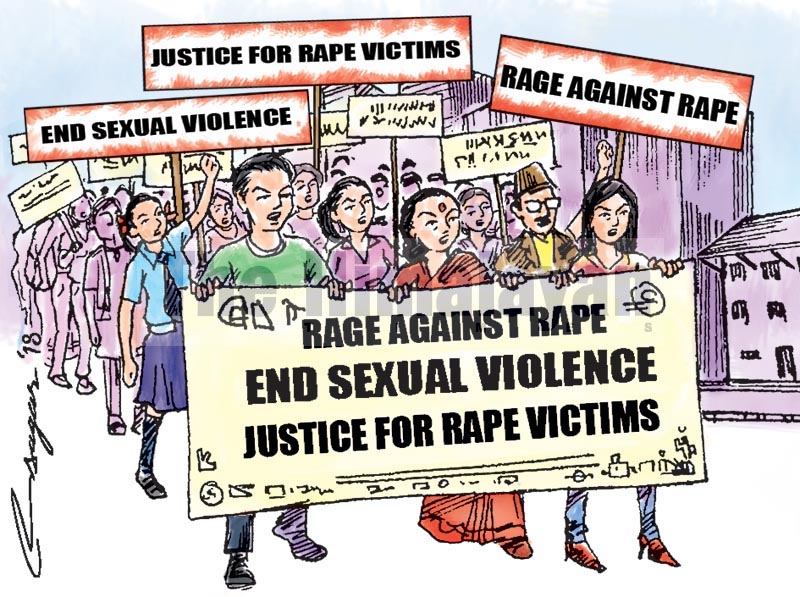Rights situation of women, girls disappointing, says HRW
KATHMANDU, JULY 17
The Human Rights Watch has warned that the rights situation of women and girls is disappointing in Nepal.
According to Submission to the Universal Periodic Review of Nepal made by the US-based HRW, there have been cases where victims were killed after rape. Often, the police refuse to register cases or to pursue a credible investigation. The statute of limitations for rape case has been extended from 35 days to one year, but this remains much too short and fosters impunity for the crime of rape. While some victims of conflict-era abuses have received limited compensation, victims of sexual violence have been excluded from these schemes. To date, there has been no justice or accountability for conflict-era sexual violence, said the HRW.
“Due to reservations in the electoral system, the representation of women in elected office has improved, but women are consistently relegated to subordinate positions.
From the federal to local level there is a frequent failure to consult women, especially Dalit women.
Formal inclusion of women does not amount to women’s actual participation in political decision making,” it stated.
Although illegal under domestic law, child marriage remains widespread. Women and girls have insufficient access to high-quality sexual and reproductive healthcare and health education.
There are lower school enrolment and higher dropout rates among girls from poor households, girls living in remote areas, girls belonging to marginalised social groups, and girls with disabilities.
“In 2015, Nepal accepted a recommendation to strengthen the National Women’s Commission.
However, no commissioners have been appointed. Insufficient resources and a limited mandate prevent the commission from issuing rulings that are legally binding.
There is no comprehensive anti-discrimination legislation that includes a prohibition of discrimination against women, including sexual harassment in places of work and education.” it said.
A version of this article appears in e-paper on July 18, 2020, of The Himalayan Times.






